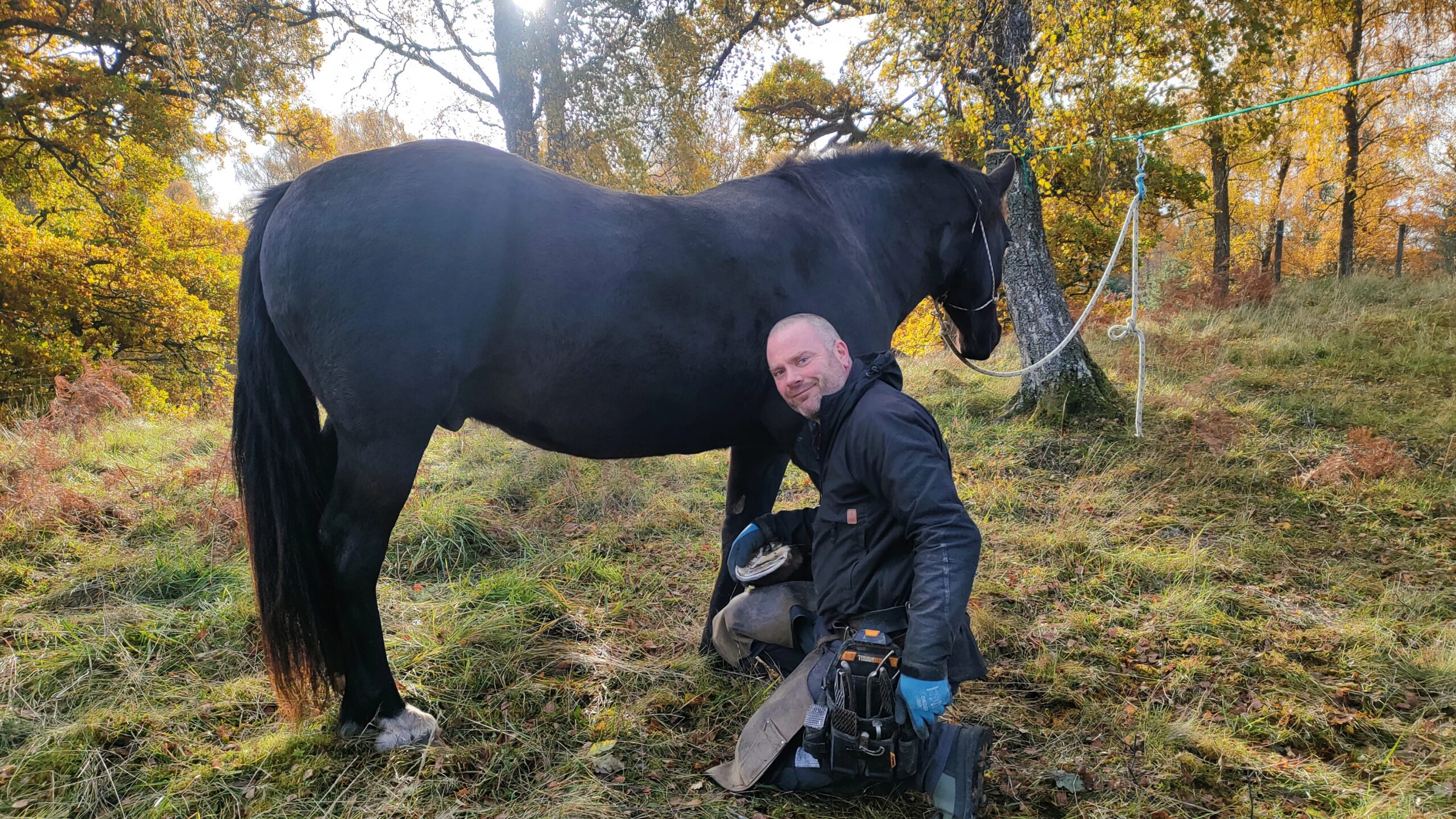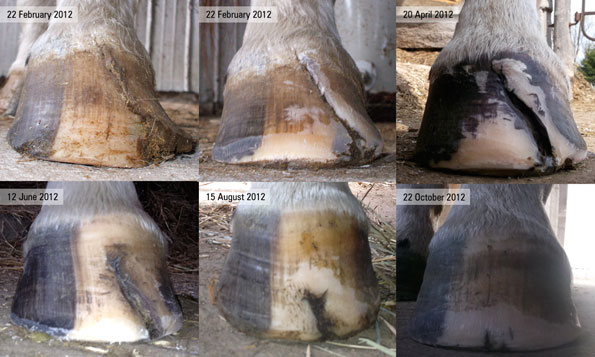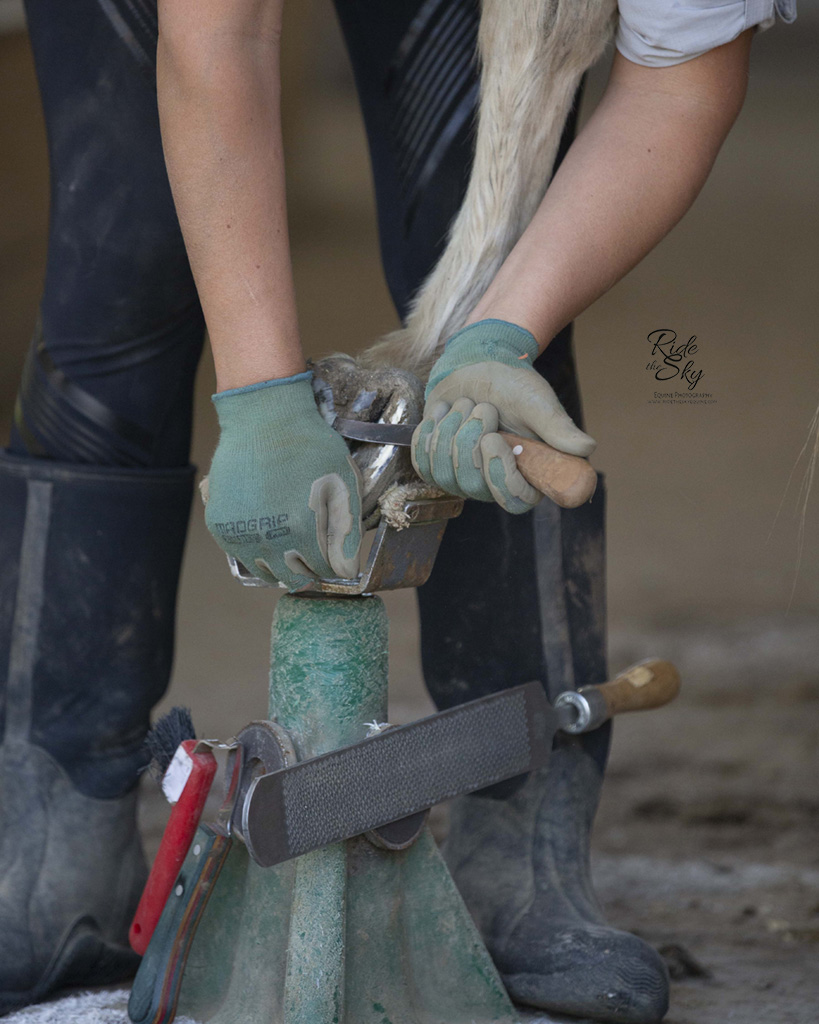Barefoot vs. Shod: Making the Right Choice for Your Horse

Choosing between barefoot and shod hooves is a critical decision for horse owners, impacting the animal’s health, performance, and comfort. This article explores the pros and cons of each approach, helping you make an informed choice tailored to your horse’s needs.
Understanding the Basics

| Aspect | Barefoot Hoof Care | Shod Hoof Care |
|---|---|---|
| Definition | Keeping the horse’s hooves natural, without shoes | Fitting horseshoes to protect and support the hooves |
| Purpose | Promote natural hoof function and strength | Provide protection, support, and traction |
| Maintenance | Regular trimming and monitoring | Regular shoeing and hoof care |
Benefits of Barefoot Hoof Care
- Natural Shock Absorption: Bare hooves flex and absorb impact naturally, which can improve circulation.
- Improved Sensory Feedback: Horses can better feel the ground, aiding balance and movement.
- Reduced Risk of Certain Injuries: Without shoes, there is less chance of nails causing infections or hoof damage.
- Cost-Effective: Eliminates the expense of shoeing.
Benefits of Shod Hoof Care
- Protection on Hard or Rough Terrain: Shoes shield hooves from excessive wear.
- Enhanced Traction: Specialized shoes can improve grip, especially in performance or work horses.
- Corrective Support: Shoes can help manage hoof deformities or injuries.
- Extended Hoof Life: Shoes can prevent excessive hoof wear in demanding conditions.
Factors to Consider When Choosing
- Horse’s Workload and Environment: Horses working on rocky or hard surfaces may benefit from shoes.
- Hoof Health and Condition: Some hooves may be too weak or damaged to go barefoot.
- Budget and Maintenance Commitment: Shoeing requires regular farrier visits and costs.
- Performance Goals: Competitive horses might need the advantages shoes provide.
Common Myths and Facts
| Myth | Fact |
|---|---|
| Barefoot horses can’t perform well | Many barefoot horses excel in various disciplines with proper care |
| Shoes are always necessary for protection | Some horses thrive barefoot even in challenging environments |
Frequently Asked Questions (FAQ)
Q1: How often should a barefoot horse be trimmed?
A: Typically every 4-6 weeks, depending on hoof growth and activity level.
Q2: Can all horses go barefoot?
A: Not all; some horses have hoof conditions or workloads that necessitate shoes.
Q3: What are the risks of going barefoot?
A: Potential for hoof bruising or excessive wear if not managed properly.
Q4: How do I transition my horse from shod to barefoot?
A: Gradually, with professional guidance and regular hoof care.
Conclusion
Deciding between barefoot and shod hoof care depends on multiple factors including your horse’s environment, health, and activity. Consulting with a knowledgeable farrier or veterinarian can help tailor the best approach for your horse’s well-being and performance.
By understanding the nuances of barefoot and shod hoof care, you can make a choice that supports your horse’s comfort, health, and longevity.
